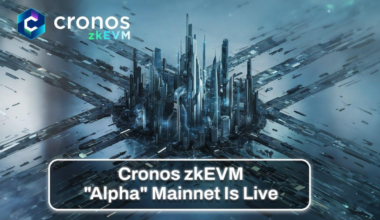In a recent blow to the Ethereum-based decentralized finance (DeFi) ecosystem, Balancer fell victim to an exploit that resulted in substantial losses of almost $900,000.
This incident occurred shortly after the protocol had disclosed a vulnerability impacting its boosted pools. The attack highlights the ongoing challenges that DeFi protocols face in ensuring security and robustness.
Balancer, a notable DeFi protocol operating on the Ethereum network, was targeted by an exploit that led to losses nearing $900,000.
The protocol confirmed the breach and subsequent financial impact via social media platform X (formerly Twitter) on August 27.
Blockchain security expert Meier Dolev identified an Ethereum address linked to the attacker, which received significant transfers of Dai stablecoin, accumulating over $893,978 in ill-gotten gains.
In response to the exploit, Balancer’s team promptly acknowledged the situation and confirmed its connection to the previously disclosed vulnerability.
Despite taking mitigation measures to reduce risks, the team clarified that it couldn’t halt the affected pools. To prevent further breaches, the protocol recommended users to withdraw funds from the impacted liquidity pools.
The critical vulnerability that facilitated this attack was disclosed by Balancer on August 22. This disclosure triggered an urgent call for users to withdraw funds from liquidity providers, leading to the temporary suspension of pools.
The vulnerability posed risks to assets across various platforms including Ethereum, Polygon (MATIC), Arbitrum (ARB), Optimism (OP), Avalanche (AVAX), Gnosis (GNO), Fantom (FTM), and zkEVM.
Initially, the assessment indicated that only 1.4% of total assets were exposed, equivalent to over $5 million. However, as of August 24, a substantial risk persisted, with vulnerable assets amounting to at least $2.8 million, constituting 0.42% of the total locked value.
In light of the situation, Balancer provided users with clear guidance on the status of their funds across different pools.
They assured users that funds within mitigated pools labeled as ‘mitigated’ were considered safe. However, users were strongly advised to consider migrating to more secure pools or initiating fund withdrawals.
Pools deemed ‘at risk’ continued to be vulnerable, prompting liquidity providers engaged in those pools to exit promptly.
Balancer’s journey closely aligned with its deployment on the Optimism network in the previous year. This strategic move aimed to enhance user functionality and lower transaction fees, making participation more accessible and cost-effective.
However, this incident underscores the ongoing challenges and risks associated with operating within the evolving landscape of decentralized finance.



